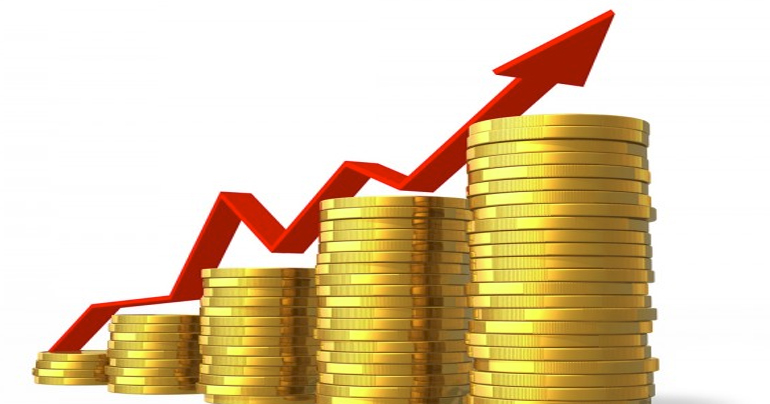
MENA: World’s second fastest Growing Economic Region
13 Oct 2015The Middle East and North African (MENA) region is the second fastest growing economies in the world today. They have brought about massive changes to their economy and investments in the past decade and have understood the need to diversify their business interests from a Hydrocarbon dependent economy to one that is more stable and about to take global economic shifts. UAE, Israel, Qatar and Morocco are leading the pack on development and growth trends. They are expanding on various platforms to attract foreign investment into their countries and also gaining visibility for their participation in the world economy. In an effort to reduce their reliance on oil revenues, many states in the region are making major efforts to develop alternative economic activities. Efforts are being made to further develop such sectors as banking, tourism, light manufacturing, and agriculture. Most economists do predict continued economic growth for the Middle East, though not evenly spread across the region. Moderate economic growth rates of around 3-5% are expected though the actual rate will be heavily dependent on such things as the fluctuating price of oil, the rate of foreign investment (currently low), the efficiency of the large number of state-owned industries, and the population growth. The MENA region enjoys sizable interest income inflows, reflecting a high level of foreign assets, while current transfers with the rest of the world remain marginal.
Recent reports from the IMF and Qatari authorities confirm that Qatar is on track to be the fastest-growing economy in the Middle East, and may be among the fastest in the world, reports Global Arab Network according to OBG. A modest recovery is expected to continue in the MENAP despite a slump in oil prices, raging regional conflicts, and lingering uncertainty of the post-Arab Spring transitions. Although rising, economic growth rates remain too low to make a dent into high unemployment across the region, especially among the youth. Raising economic prospects in a sustainable and inclusive manner suggests the need for multifaceted structural reforms. According to the IMF, in the oil-importing countries, growth is expected to strengthen from 3 percent in 2014 to 4 percent in 2015, supported by a gradual recovery in the euro area, improved domestic confidence, and more accommodative fiscal and monetary policies. Lower oil prices are helping, though their impact on near-term growth has been moderated in many countries by incomplete pass-through to retail fuel prices.
The MENA region is set up for a sea of change, one which will alter the way business is conducted forever in the region. Development is giving more employment opportunities but the pace needs to grow in order to match the growth in population. Monetary policy may need to be tightened to keep inflation expectations anchored in the face of weakening currencies. Over the medium term, deep structural reforms, particularly to improve the business climate and governance, would raise prospects and make economic growth more inclusive and diversified.
What people say

A business leader with a clear objective to Build a Legacy through his business acumen and passion to excel, being associated with Dr Tejinder opens up new avenues for learning.

Dr Tejinder Singh , the man who taught me to teach and lead. My first and only professional Guru who would run the mile first and push me to walk that . A wonderful human being and an exceptional professional.

Tejinder is one of the most amazing client/business partner that I have ever met.

I met Bhattia sahib once and found him very friendly,intelligent and very focused head of an efficient organisation.

In my association with Tejinder I have found him to be very frank in his views.He is very strong in his domain knowledge and also has sharp commercial acumen.

I was hired by Tejinder Sir, in the year 2003, which was also the turning point in my career.

My 1st Impression about Mr. Tejinder Singh Bhatia - An Exteremely Confident Professional, Who knows What he is Doing and Where he wants to Reach.

He was a dedicated and sincere person and always followed pragmatic approach while fulfilling his job responsilbilites.

I am priviledge to work under him, he is an excellent Leader where team always ready to work for him even at oddest hour of the day.